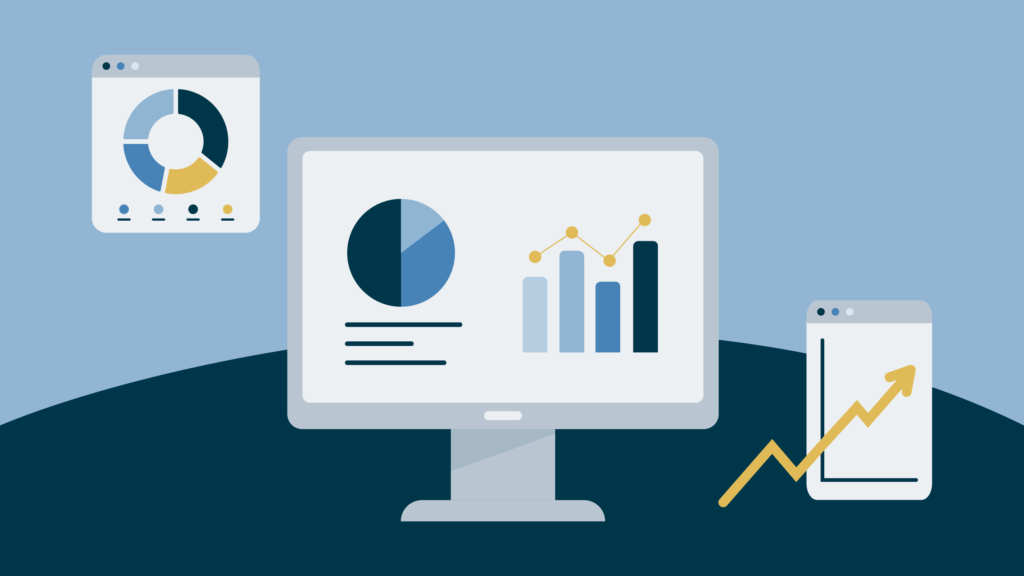When the discussion falls onto forecasting in the renewable energy industry, many quickly turn their heads to weather forecasts and weather data. And while weather estimates are a crucial part of renewable energy operations, forecasting in the renewable energy industry actually goes far beyond just predicting the weather.
Digitalization has provided us with an array of tools to facilitate predictive maintenance and detect failures, enhancing the reliability and availability of renewable assets.
And as the landscape evolves, these forecasting tools become crucial in managing and improving renewable power plants. Power plant owners are expected to find the best ways to boost the return on investment of their fleet and optimize operations, and here, forecasting data can be a catalyst to streamline processes and methods.
In this blog post, we explore three advanced forecasting tools that are already widely used in the industry today. We also explain how these tools uniquely enhance the performance of renewable assets, thereby empowering a greener future.

1 Early warning detection
Early warning detection tools are game-changers in the world of wind and solar power. These tools can both use data analytics and machine learning to predict when wind turbines or solar PV plant equipment might need service or could fail.
What usually has been done in huge spreadsheets or patchwork software systems can now be done with the help of algorithms and automation configurations. By analyzing patterns and anomalies in performance or operations data, these predictive systems alert operators about potential issues before they become serious problems. This proactive approach not only extends the lifespan of equipment but also allows for better planning of maintenance schedules, minimizing downtime, and avoiding costly repairs.
For data analysts, the 80/20 rule often applies, meaning that 80% of analysts’ time is spent on identifying, cleaning, and organizing the data, leaving only 20% of their time to perform analysis.
However, with the level of automatization that these tools bring, asset managers and performance analysts have more time on their hands to actually analyze their fleet, as less time will be spent manually spotting outliers and navigating the sheer amount of data.
Ultimately, the tool can save operators significant costs, time, and resources by ensuring the assets are run smoothly and efficiently.
2 Energy production forecasting
Just like early warning tools, energy production forecasting tools leverage advanced algorithms and historical data to predict the amount of energy a renewable plant will generate. These tools are particularly valuable for grid operators and plant managers as they help plan and balance supply with demand.
By accurately forecasting energy production, operators can schedule energy distribution more effectively, ensuring that the grid remains stable even during periods of high demand or low renewable output. This allows for better integration of renewable energy sources into the grid, making it easier also to enter the ancillary services market or activate local demand responses like battery storage systems more efficiently.
Additionally, reliable energy production forecasts reduce the need for backup fossil fuel generators, thus lowering carbon emissions and operational costs. Operators can plan maintenance activities during periods of expected low production, further enhancing the efficiency and reliability of renewable energy plants.
3 Power plant availability forecasting
Before plant operators can take over, developers and EPCs spend years putting together the most optimal setup for this particular power plant. In this process, everything from placement and weather conditions to power utilization and grid integration is considered.
Now, taking every little detail into account requires some enormous calculations, and here, forecasting data tools also play a vital role. These tools simulate the future availability of renewable resources, such as sunlight and wind, using historical and real-time data to plan the perfect setup.
These mathematical calculations incorporate a vast amount of data, i.e., on past weather patterns, current meteorological conditions, and predictive climate models, and generate detailed simulations that forecast resource availability over different timeframes.
The aim of these tools is to support long-term strategic planning so that investors get the highest return on investment under current conditions.










